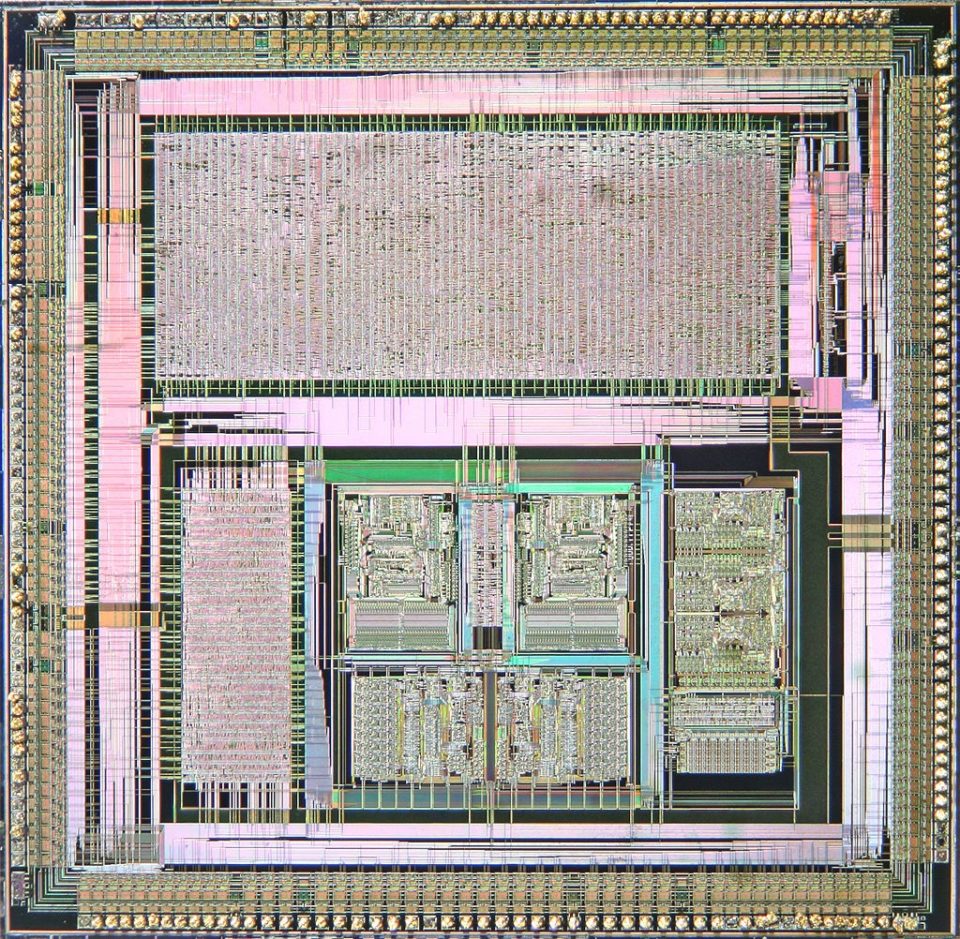Field Programmable Gate Arrays, (FPGAs) are semiconductor devices based on an array of configurable logic blocks connected through programmable interconnects. FPGA Stratix 10 soc module can be reprogrammed to desired application or functionality requirements after manufacture. This feature distinguishes FPGAs from application-specific integrated circuits, which are custom built for specific design tasks. Although one-time programmable FPGAs are available, the dominant types are SRAM-based that can be reprogrammed as the design evolves.
FPGA: a modern innovation
Essentially, an FPGA is a hardware circuit that a user can program to carry out one or more logic operations. Taken one step further, FPGAs are integrated circuits, or ICs, which are sets of circuits on a chip, which is the part of the “array.” Those circuits are groups of programmable logic gates, memory or other elements. With an FPGA, there is no chip. The user programs the hardware circuit. The programming can be a simple and straightforward logic gate, or it can involve one or more complex functions, including functions that together act as an integral multi-core processor.
Why use an FPGA?
Microcontrollers have become a dominant component in modern electronic design. They are inexpensive and highly versatile, and today they often serve as a person’s first introduction to the world of electronics. It is natural that we continue to use components that we are familiar with, and as microcontrollers become increasingly powerful, there is less and less need to consider alternative solutions. However, a microcontroller is built around a processor, and processors come with fundamental limitations that must be recognized and overcome. So when would a user need to use an FPGA on top of a microcontroller?
A processor accomplishes its tasks by executing instructions sequentially. This means that processor operations are inherently limited: the desired functionality must be tailored to the available instructions, and in most cases it is not possible to perform multiple processing tasks simultaneously. The instruction set is designed to be very versatile and today the instructions can be executed at extremely high frequencies. However, these features do not eliminate the disadvantages of a software-based digital design approach.
The chips can be enclosed with WATERTIGHT EXTRUDED ALUMINUM ENCLOSURE and it is best to use with chips and circuits.
The alternative is a hardware-based approach
It would be highly desirable for each new design to be built around a digital IC that implements the exact functionality required by the system: no need to write software, no instruction set limitations, any processing delays, but a single IC that has pins and digital circuitry that corresponds exactly to the necessary operations. This methodology is impractical beyond description because it would involve designing an ASIC (Application Specific Integrated Circuit) for each board. However, we can approximate this methodology using FPGAs.
Conclusion
You can use an FPGA when you need to optimize a chip for a particular workload, or when it is likely that you will need to make changes to the chip level later on. The uses of FPGAs cover a wide range of areas: from equipment for video and images, to circuits for computer, automotive, aerospace and military applications, as well as electronics for specialized processing and more.


